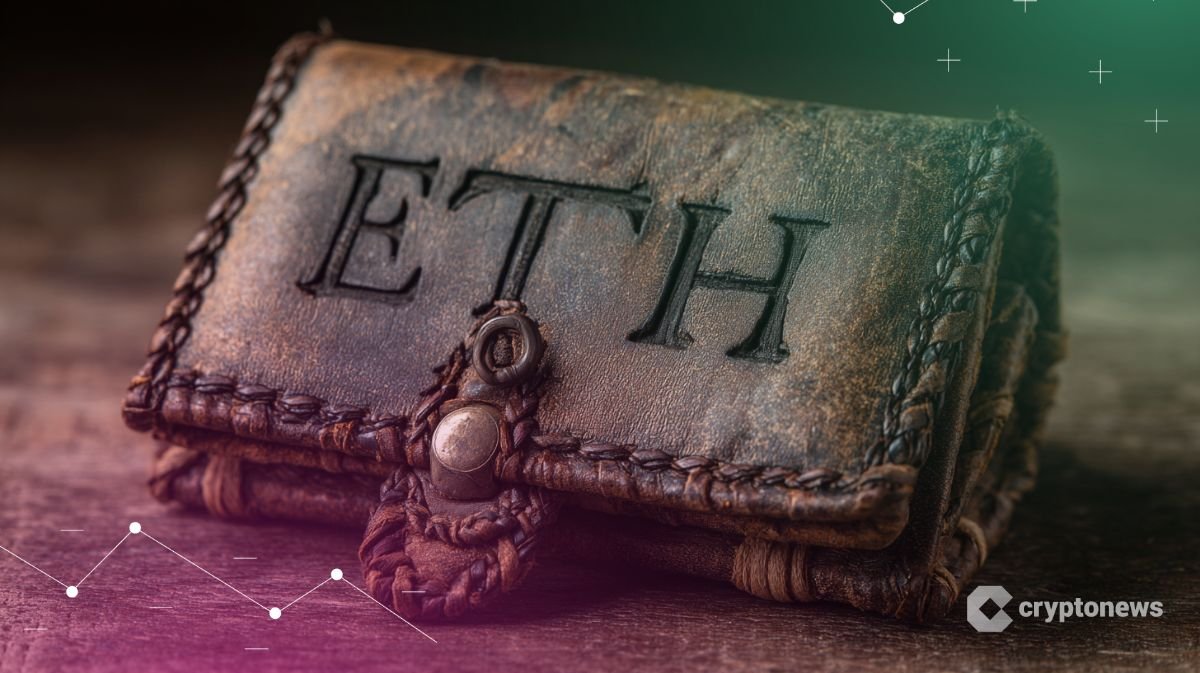Key Takeaways:
- 912,296.82 ETH tokens are permanently inaccessible, according to public blockchain records.
- BlackRock’s ETHA led ETF inflows, bringing total U.S. Ethereum ETF inflows to $5.5B.
- Ethereum’s self-custody model offers no built-in recovery for user-side errors.
A recent GitHub post published by Coinbase Head of Product Conor Grogan has documented over 912,000 ETH that have been permanently lost due to user error or protocol failures, representing more than 0.76% of Ethereum’s circulating supply.
Grogan compiled wallet addresses from public records, contract audits, and community-sourced data. The analysis excludes unknown lost-key events, covering only ETH that is provably inaccessible.
A Total of 912,296.82 ETH Lost
“To be clear, this $3.4B+ number significantly undershoots the actual lost/inaccessible ETH amount,” Grogan wrote. “It just covers instances where Ethereum is locked forever.”
“For example, it doesn’t cover all lost private keys or things like Genesis wallets that have been forgotten,” said Grogan.
Major losses include 306,000 ETH trapped in a Parity multisig contract once used by the Web3 Foundation, 60,000 ETH from the failed QuadrigaCX exchange, and 11,500 ETH lost by the Akutars NFT project due to a contract error. Grogan also identified 25,000 ETH manually sent to a known burn address.
The dataset incorporates findings from researcher Johannes, who documented over 12,000 ETH lost due to wallet typos, and credits contributions from Tayvano and J6sp5r.
Grogan said future updates will expand the dataset to cover situations such as North Korean losses and cases involving unrecoverable private keys.
Ethereum ETFs Grow with Record Inflows
Ethereum ETFs have drawn over $5.5 billion in total inflows, with $3.3 billion added since mid-April. The renewed demand follows a rise in Ethereum basis yield and stronger futures activity.
BlackRock’s iShares Ethereum Trust (ETHA) led with $489 million in inflows on July 17, its highest on record. ETHA brought in $1.25 billion across five sessions, raising BlackRock’s ETH ETF holdings to $6.94 billion.
U.S. Ethereum ETFs collectively saw $726.74 million in daily inflows on July 17, beating the previous record. Fidelity’s FETH and Grayscale’s mini trust added $113.31 million and $54.18 million, respectively.
The persistence of lost Ethereum indicates the protocol’s strict finality and lack of recourse for user-side errors. Unlike traditional financial systems that offer chargebacks or custodial recovery, Ethereum’s self-custody model makes asset recovery functionally impossible once certain errors occur.
Institutional exposure now grows through vehicles like ETFs, making user education and wallet safety increasingly relevant. Preventing future losses will likely depend more on improved tooling and standards than changes to the protocol itself.
Frequently Asked Questions (FAQs)
No. Ethereum’s consensus design does not allow selective access changes without a hard fork, which would require broad network coordination and is highly unlikely.
Some newer chains experiment with programmable recovery functions or guardian models, but these involve tradeoffs in user control and system trust assumptions.
Lost ETH is not officially removed from circulating supply metrics, but is often considered when estimating effective supply and scarcity.
While ETFs use custodians to minimize risk, operational security failures in staking, slashing, or private key management could still create large-scale losses.
The post $3.4B in Ethereum Gone Forever – 912K ETH Lost to Irreversible Errors appeared first on Cryptonews.
This articles is written by : Nermeen Nabil Khear Abdelmalak
All rights reserved to : USAGOLDMIES . www.usagoldmines.com
You can Enjoy surfing our website categories and read more content in many fields you may like .
Why USAGoldMines ?
USAGoldMines is a comprehensive website offering the latest in financial, crypto, and technical news. With specialized sections for each category, it provides readers with up-to-date market insights, investment trends, and technological advancements, making it a valuable resource for investors and enthusiasts in the fast-paced financial world.
